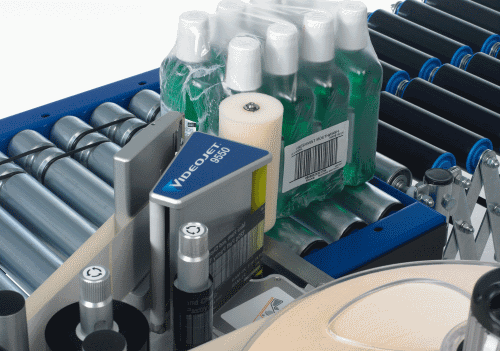Videojet Technologies has identified the five most common reasons for Print and Apply Labelling (LPA) downtime: label jams, web jams, ribbon jams, mechanical failure and mechanical adjustments.
Through a downloadable application note, the company offers advice to manufacturers how they can increase uptime, improve operational equipment effectiveness (OEE) and maintain high throughput on their production lines by simply changing the LPA applicator.
Traditionally, LPA machines have relied on the accurate and timely placement of the label from the print engine onto an applicator pad.
This mechanical process is often a significant contributor to conventional LPA failure, such as misapplied labels, and consequential downtime.
To help prevent this, multiple adjustments to the applicator are required thus diverting operatives from their day-to-day priorities and onto time-consuming maintenance work.
This technology removes the need for an applicator, by automatically printing and wiping a label onto the side of every passing pack.
Some advantages of this new type of LPA technology are:
Speed and throughput – by removing the need for an applicator, operatives are able to accelerate and also vary the speed of the production line as required to run at a linear speed from 40 mm/sec up to 500 mm/sec.
Pack spacing – As this type of LPA applies labels at faster speeds than traditional technologies, the gaps required between packs are reduced.
This means manufacturers can now correctly print up to 150 packs per minute with a typical 4” x 6” GS1 barcode label.
Correct labeling – The risk of mislabeling or label clash is eliminated due to this new method of LPA.
This means it never misses a label, even after line build-backs.










